by Eva Szwarc, studio photos by Curtis Hughes // May 30, 2023
The optimism of spring is tangible in this quiet corner of Kreuzberg; it’s carried by the dull pedal of passing cyclists and the chatter of house sparrows in the trees. A creak of a nearby door and Jenna Sutela waves our team inside, ushering us through the courtyard to the back of the building, where her studio is located amidst a complex of recently installed artist ateliers. She welcomes us inside with an apologetic gesture. Works have been recently shipped out for shows in New York and Copenhagen, she explains, in addition to the upcoming Helsinki Biennial. The space itself is bright white, with works dotted around a long table. Against the longest stretching wall lie the remaining boxes for objects still to be shipped. Despite the busy period, the Finnish artist is a smiling vision in silver, sparkly glasses and impeccably down to earth. Quite literally, even. In one corner of the studio lies a small compost heap, topped with a recent sprinkling of sliced kumquat. It works as a smaller trial for the work to be exhibited in New York that, Sutela explains, is powered by an earth battery.
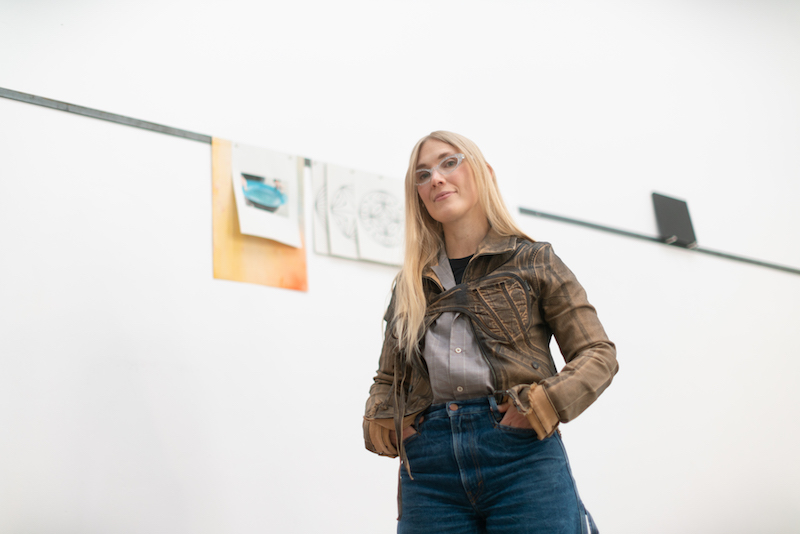
The compost soil releases electrons that pass through a series of conductive rods to generate power for an audio piece, which Sutela refers to as a “compost oracle.” The oracle originates from Marjory the Trash Heap, a character from The Muppets universe that Sutela remembers fondly from her childhood. “Marjory knows all, because she’s seen it all,” she explains. “She always says ‘I’m orange peels, I’m coffee grounds, I’m wisdom.’” An AI-cloned voice of Marjory will impart snippets of wisdom related to the cycles of compost life, glitching according to the ecosystem powering it. An open invitation for the unpredictable to take place runs throughout Sutela’s work, in which biological and computational systems converge experimentally.
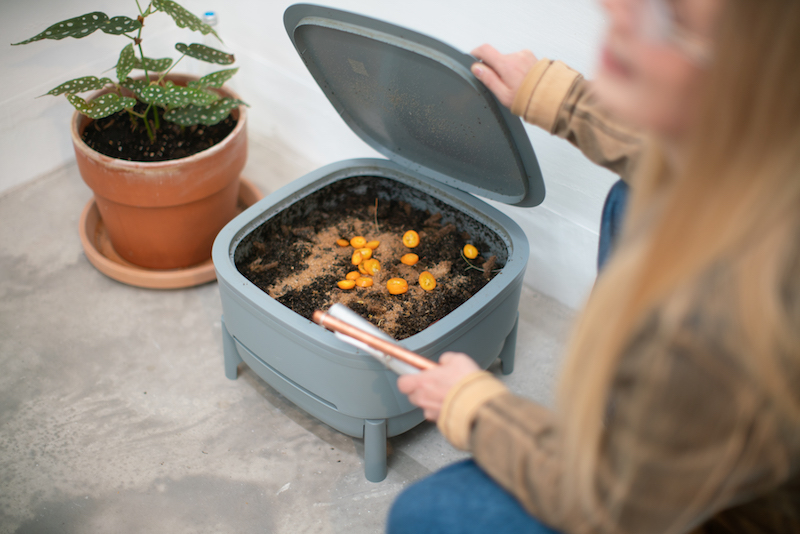
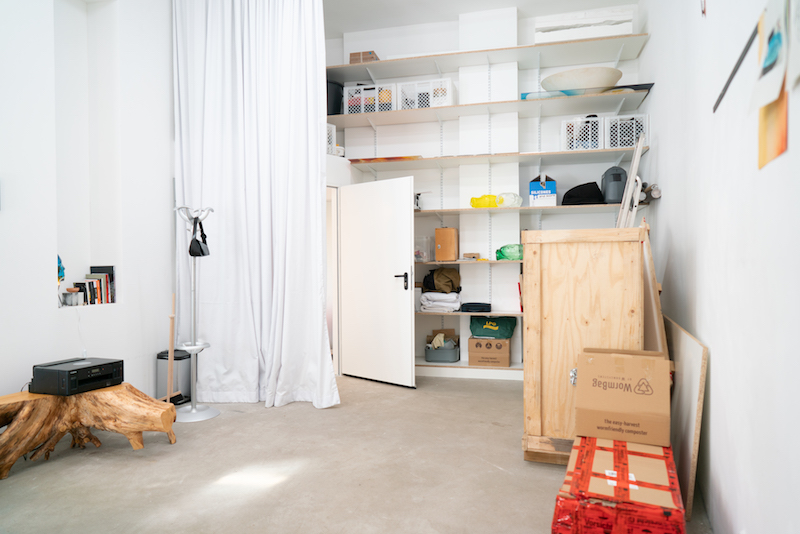
In conversation, we naturally move around the table, across which slabs of light fall from the window. Sutela reaches for a large 3D-printed bowl, which she explains is a prototype for her new work based on the spouting bowl. Originating in China and known in Germany as a “Wasserspringschale,” spouting bowls are made of bronze. They have handles on the sides and can be filled with water. Rub the handles with wet hands for a resonating drone and patterns on the surface of the water to emerge. Sutela has cast her own version in bronze, the first time she’s worked with the material. Titled ‘Pond Brain,’ the bowl has a face and ear-like handles and will be exhibited in both Copenhagen and Helsinki. Described as her “neuroplastic portrait,” the work interacts with RAVE models, machine learning models Sutela has trained with “space sonifications and underwater sounds.” While it will be installed inside the exhibition space at Copenhagen Contemporary, at Helsinki Biennial the work will be located outside. This allows the bowl to collect rainwater and invites participation from visitors, who can interact with it and form their own dialogue with the machine responses. “Everything,” Sutela says excitedly of her upcoming work, “is highly experimental and new.”
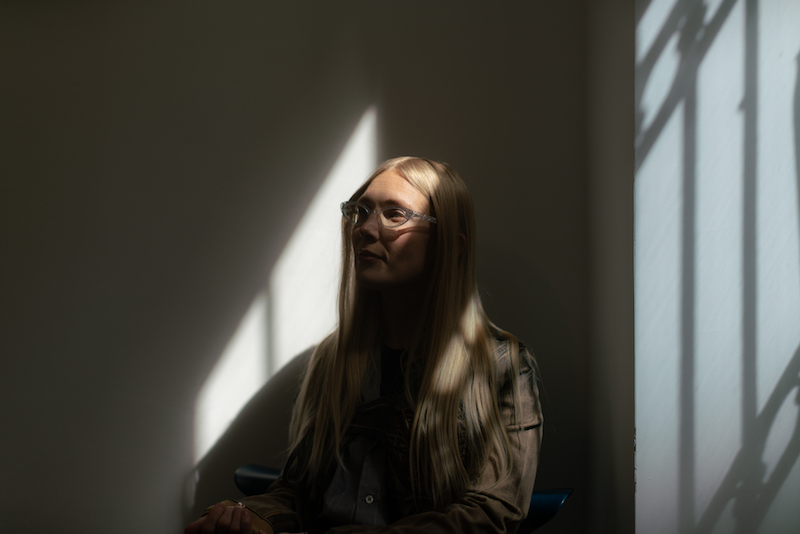
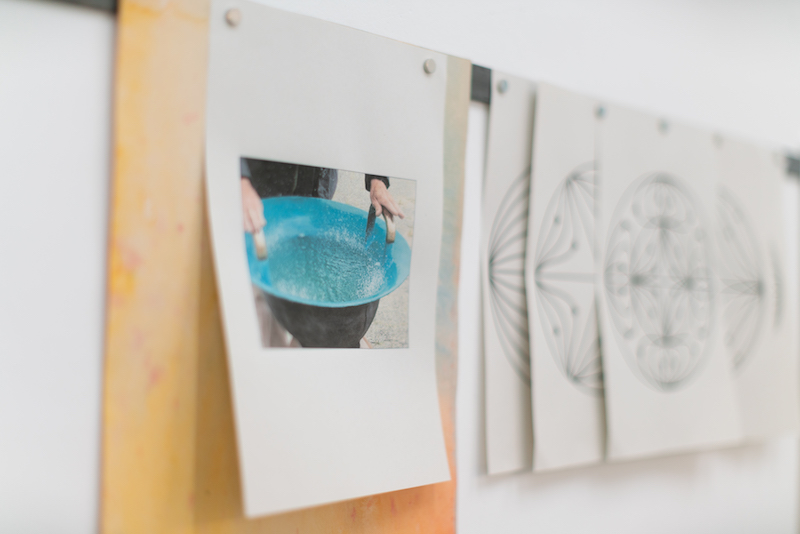
Yet the works follow the deep line through Sutela’s work, which turns away from the anthropocentric. It leans instead into the possibilities that, say, the patterns of vibrating water or the charge of compost can reveal to us. At the crossroads of living and computational systems exist expansive ways of seeing, receiving and communicating. When it comes to the living, Sutela’s focus has been microscopic—in more recent years, specifically on “bacillus subtilis.” This single-celled bacterium is found in both the gut and the galaxy, Sutela tells us, out to which it is flung to test the limits of life on other planets. The organism’s ability to explore environments wildly different in scale—both of which are invisible to humans without technological aid—points to a similar omnipotence shared by the oracle of Marjory the Trash Heap.
A series of cryptic hieroglyphics on the long stretch of the studio wall are a logical next step. They symbolise a bacterial martian language, created through a tripartite of the artist, a computer and the bacteria itself. First exhibited as ‘nimiia cétiï’ in 2018, the work takes inspiration from the allegedly martian communications channeled by the French Swiss spirit medium Hélène Smith in the late 1800s. Using notes from Smith’s seances as a teaching material for AI, Sutela transforms the early martian language through bacterial movement and the tone of her own voice. It seems a search for a shared tongue, a building up of a universal language, I suggest. Sutela nods. “Or breaking down language as we know it,” she adds. In this sense, Sutela’s work seems both utopian and anarchistic. It casts a light onto primordial life, probing at what can be learnt from a truly expansive worldview that is not resolutely human-centric. Through collaboration with non-human entities, there is a poetic surrender to chance, found in the choreography of bacterial life or the machine learning responses.
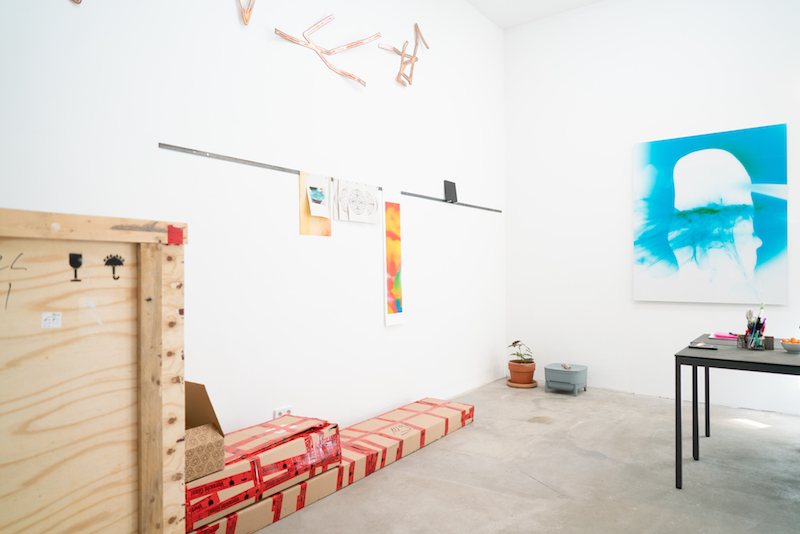
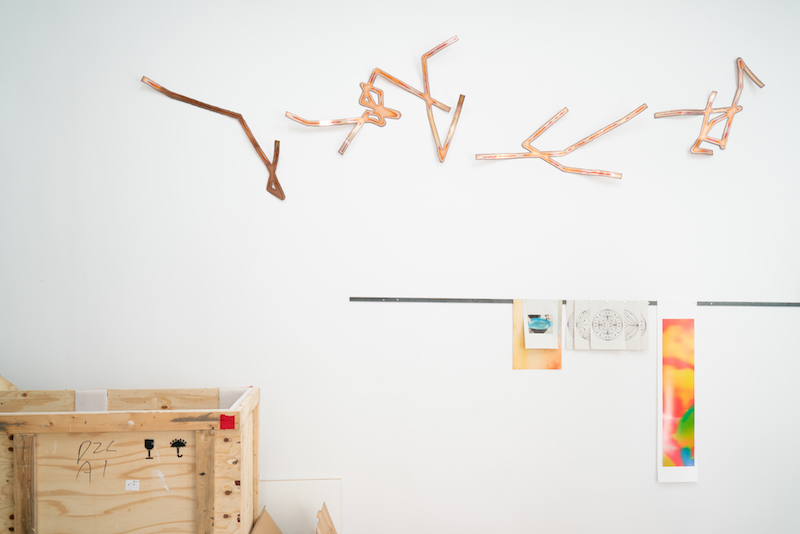
Sutela locates another organism as first putting her on the path of biological and bio-computational experiments: slime mould, which the artist encountered and became captivated by a decade prior. The more she shares about the organism, the more alluringly alien it seems: the organism has spatial intelligence and possesses a hive-like, decentralised system (it works as a group of nuclei as opposed to only one). There seems an interesting contrast between these life forms, durable and ancient and enduring, and the AI technology used in Sutela’s work, which embeds itself in our everyday at a dizzying pace. It was an area from which she took a hiatus for a couple of years, returning to a transformed arena that she describes as ultimately “interesting but overwhelming and also scary.” Art may be able to hold space for non-instrumentalised technological thought, and this is what Sutela is committed to. ‘nimiia cétiï,’ for example, not only tries to get in touch with the nonhuman condition of the computers that are increasingly shaping our reality but also to put the computers in touch with the more-than-human world around them.

The artist refers to part of her practice as “sustained collaboration.” Given the multi-media nature of Sutela’s work, she and her team collaborate with different sites including Bildgiesserei Hermann Noack, Berlin Glass and Bildhauerwerkstatt im bbk berlin. The studio here operates as a playground for more small-scale experimentation to take place. But collaboration is also meant in terms of knowledge sharing: no artist is an island, after all. Research and learning from different expertise, as well as different modes of cognition, are important to Sutela’s practice. From the oceanic sounds of ‘Pond Brain’ to the glitching oracle mediated through a compost pile, there is a spectrum of voices present in Sutela’s work. Through interspecies collaboration, alternative ways of seeing and existing are offered. The nature of such an offering is non-dogmatic and expansive, leading us to a nexus of open questions rather than rigid answers. There is something of the cosmos, a notion much greater than us, being wrought in this quiet corner of Kreuzberg.
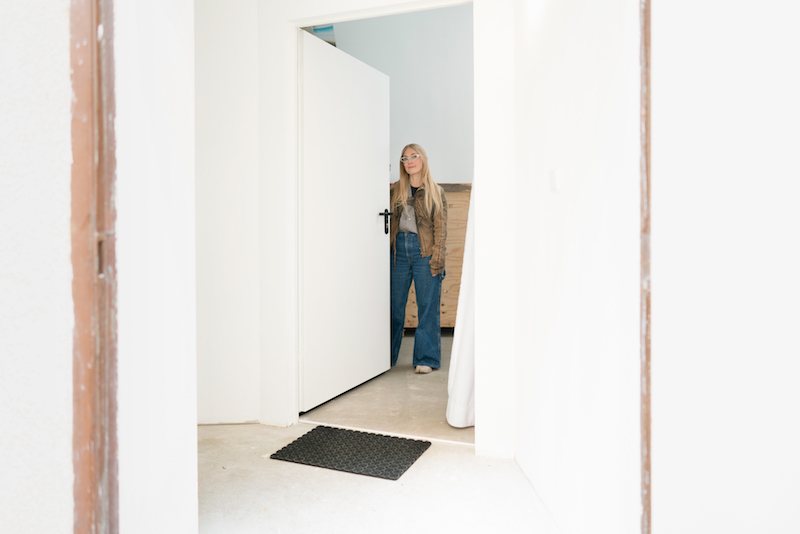
Artist Info
Exhibition Info
Helsinki Biennial
Group Show: ‘New Directions May Emerge’
Exhibition: June 11-Sep. 17, 2023
helsinkibiennaali.fi
Multiple Venues




















